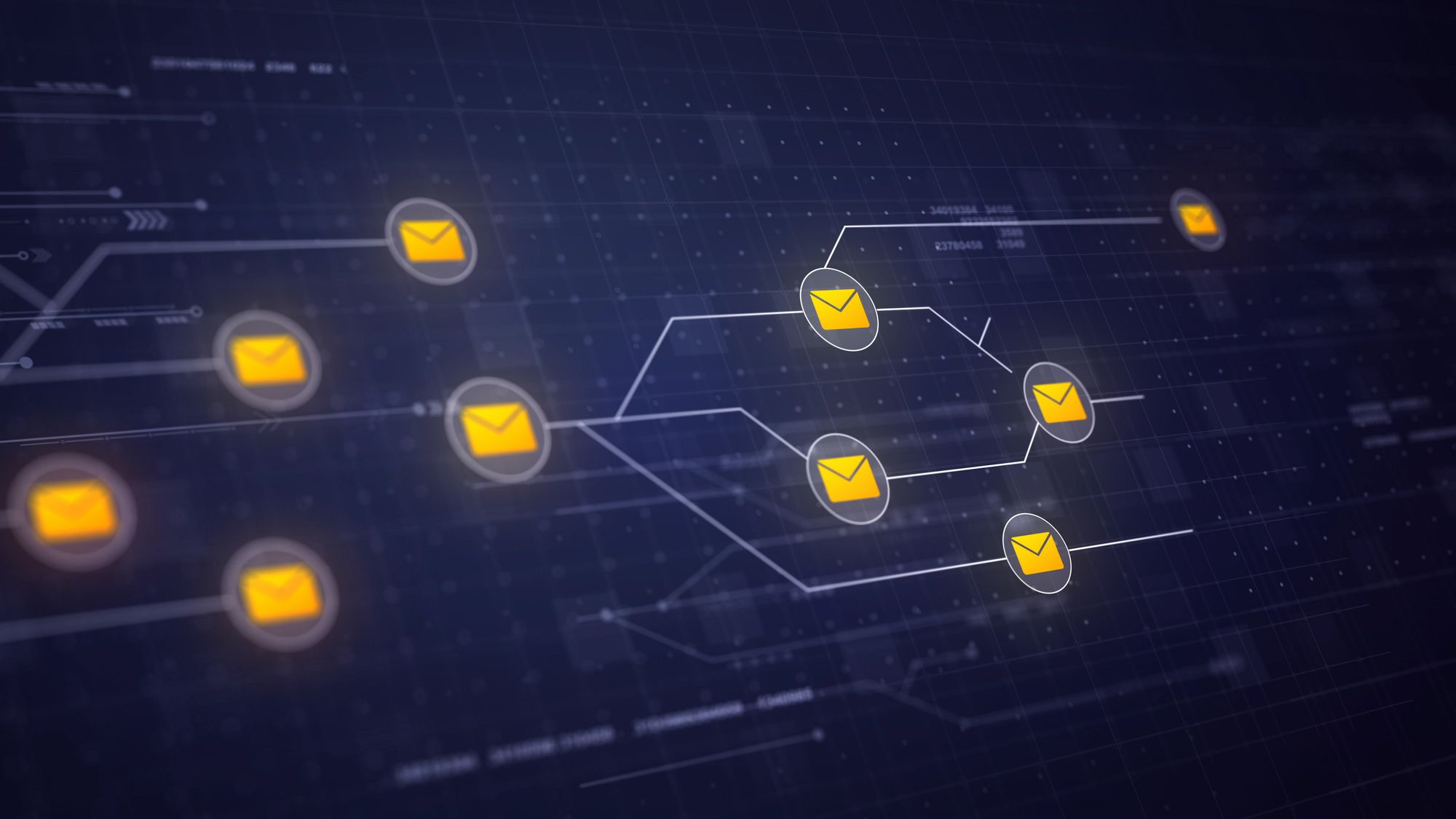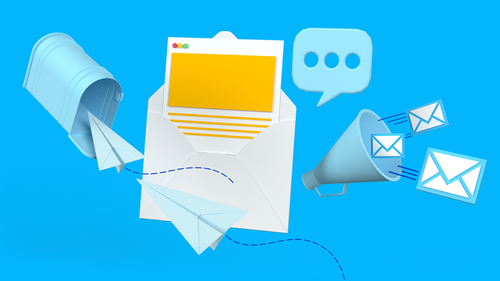In today's digital age, email communication plays a crucial role in various aspects of our personal and professional lives. However, it's essential to ensure that the emails we send and receive are correct and valid. In this comprehensive guide, we will explore effective methods to check if an email is correct, helping you maintain accuracy and reliability in your email communications.
Understanding the Importance of Email Verification

Before diving into the various techniques to check email correctness, let's first understand why email verification is crucial. Verifying email addresses serves multiple purposes:
- Ensuring accurate communication: Verifying email addresses helps prevent incorrect or misspelled addresses, ensuring that your messages reach the intended recipients.
- Protecting against spam and fraud: Validating emails helps detect and prevent spam emails, phishing attempts, and potential fraud, safeguarding your inbox and personal information.
- Maintaining data integrity: Verifying emails helps maintain accurate and reliable databases by eliminating invalid or non-existent email addresses.
Methods to Check Email Correctness

1. Syntax Validation: The first step in checking if an email is correct is to validate its syntax. This process involves examining the email address's structure and ensuring it follows the standard format, including the presence of an @ symbol, domain name, and appropriate characters.
2. DNS Lookup: Performing a DNS lookup allows you to verify the domain associated with the email address. By checking the domain's DNS records, you can determine if it exists and is active, providing an indication of the email's validity.
3. SMTP Verification: SMTP (Simple Mail Transfer Protocol) verification involves establishing a connection with the recipient's mail server to verify if the email address exists and is capable of receiving messages. This method helps detect if the email address is valid and active.
4. Email Service Provider (ESP) Verification: Some email verification services utilize databases of known email providers to validate the email addresses. By checking against a list of trusted email providers, these services can determine if an email address is associated with a legitimate provider.
5. Catch-All Verification: A catch-all email server is configured to accept all email addresses under a particular domain, regardless of their existence. Catch-all verification determines if an email address belongs to a catch-all domain, which may indicate a higher risk of invalid or non-existent addresses.
Commonly Asked Questions
1. Why is email validation important?
Email validation is important to ensure accurate communication, protect against spam and fraud, and maintain data integrity. Validating emails helps eliminate incorrect, misspelled, or fraudulent addresses, improving the overall reliability of your email communications.
2. Can I validate multiple email addresses at once?
Yes, there are email verification services that allow bulk email validation, enabling you to validate multiple addresses simultaneously. These services can save you time and effort, especially when dealing with large email lists.
3. How accurate are email validation services?
Email validation services vary in their accuracy and effectiveness. It's crucial to choose a reputable and reliable service that utilizes advanced verification techniques and regularly updates its databases. Reading reviews and checking the service's track record can help you gauge its accuracy.



